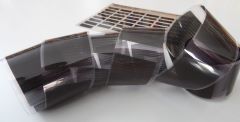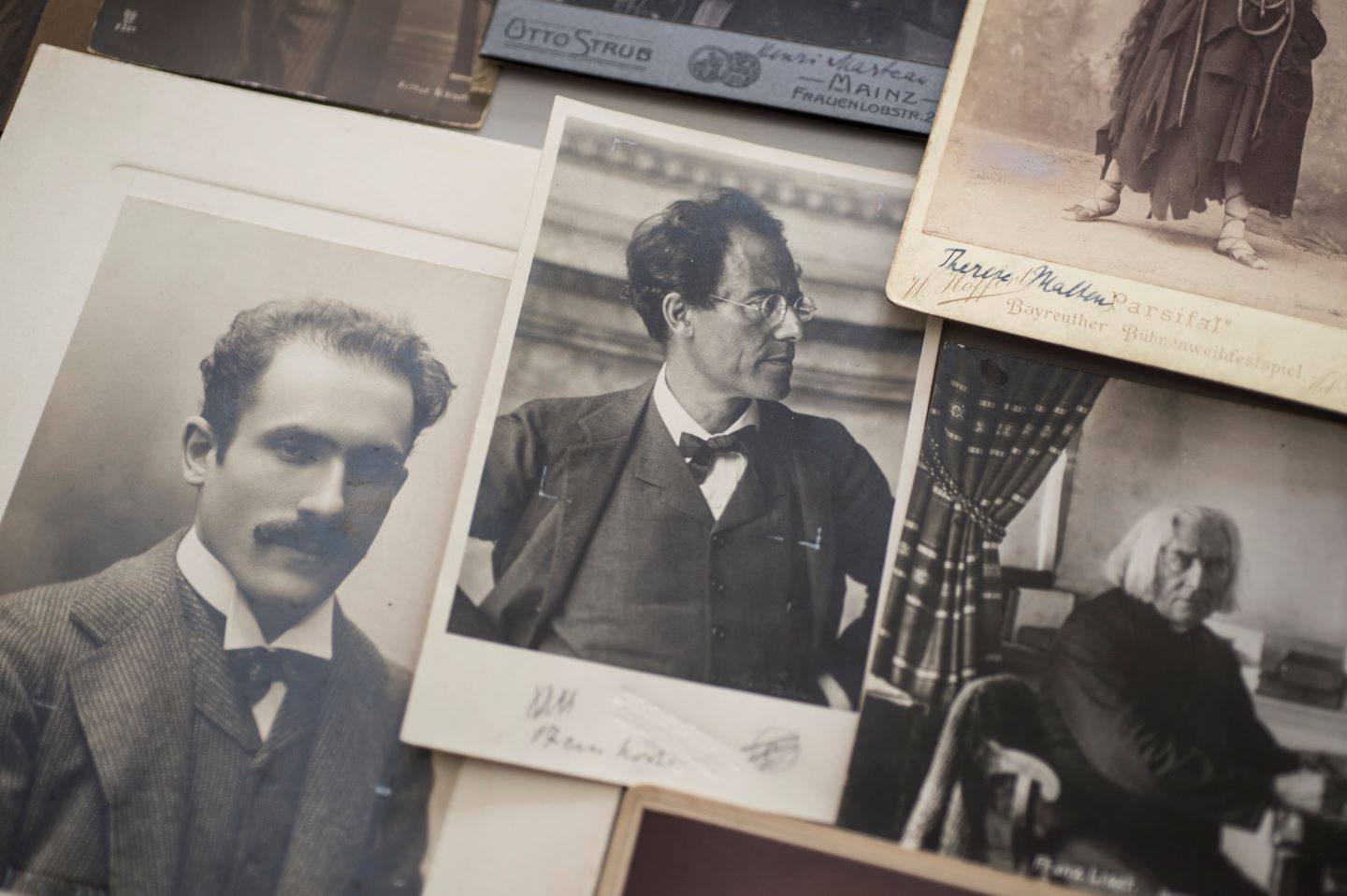Microfilms? Microfilms! 70 Years of the German Archive of Music History
Carola Finkel
Thursday, November 14, 2024

On 1 October 1954 the Musikgeschichtliche Kommission, a free association of renowned musicologists and music librarians, laid the foundation stone for the German Archive of Music History (Deutsches Musikgeschichtliches Archiv, DMgA), which has been located in Kassel since its founding. With an eye to the substantial changes caused by the Second World War, the archive’s foremost task became to gain an overview of the manuscripts and prints relevant for German music history, and make the sources that seemed particularly important for the resuming of music-historical research accessible on microfilm. Somewhat surprisingly, the idea of securing these sources was considered only third in importance.
Over the past 70 years, around 36,500 microfilms and microfiches of (both musical and music theoretical) sources, primarily pertaining to German music history from the late 15th to the early 19th centuries, have been collected from more than 500 libraries and archives around the world. Thus, the DMgA has become a kind of ‘meta’ music library, without any original manuscripts or prints in his possession. The archive also has a collection of almost 2,100 portraits, including original photographs of instrumentalists, singers, conductors, and composers from the period between ca. 1860 and 1920, as well as silhouettes, caricatures, title and portrait engravings from the 17th to the 19th centuries.

Portrait collection, © DMgA
Since the summer of 2024, RISM and the DMgA have been cooperating both to revise or supplement existing RISM descriptions of printed collections and individual prints, and to add previously unregistered printed editions to the database. In turn, the holding information is enriched by a reference to the relevant microfilm at the Archive.
In the DMgA, all the sources are available on microfilms or microfiches. Even in the digital age, there is much to be said for this analog solution, as digital data formats are still vulnerable and short-lived. Due to the rapid technical development, files might prove unreadable in a mere few years. They are also not immune to data loss, and have therefore to be regularly transferred to new data carriers – hardly a sustainable solution due to the intensive consumption of resources and the resulting high costs. Microfilms, on the other hand, are independent of hardware and software, since even a magnifying glass may suffice to read them. When stored properly, their lifespan is reckoned to be around 500 years, and in this regard they are only surpassed by parchment and cuneiform texts. In terms of cost, security, and durability, microfilms therefore still stand without rival as a long-term storage medium, which is why they are used in Germany for backup filming also on a federal level.
Even in the age of digitization, consulting the microfilms of the German Archive of Music History proves worthwhile in many respects. Due to the fact that diverse holdings from over 500 libraries and archives have been collected systematically, certain sets of partbooks which are in fact spread across several locations, can be viewed here together. Furthermore, given that the Archive often allows access to several printed editions and manuscripts of the same composition, it proves easy to compare variant readings and investigate the relationships between the available sources. The DMgA has collected microfilms not only from major libraries, but also from a host of smaller archives that are often in private hands and difficult to access – such as the music collections of palaces, monasteries, grammar schools or parish archives. In many cases, these sources could only be accessed and made available for use through the complete filming and cataloging carried out by our archive. Of utmost importance for both researchers and performers is the fact that the DMgA is in possession of several microfilms of music manuscripts and prints which are today either lost in their original form, or their current condition does not allow for personal use or even digitization. These microfilms thus offer the only opportunity to study these sources and so they belong among the greatest musical treasures of the Kassel archive.
Image above: Microfilm, © DMgA
Share Tweet EmailCategory: Library collections

